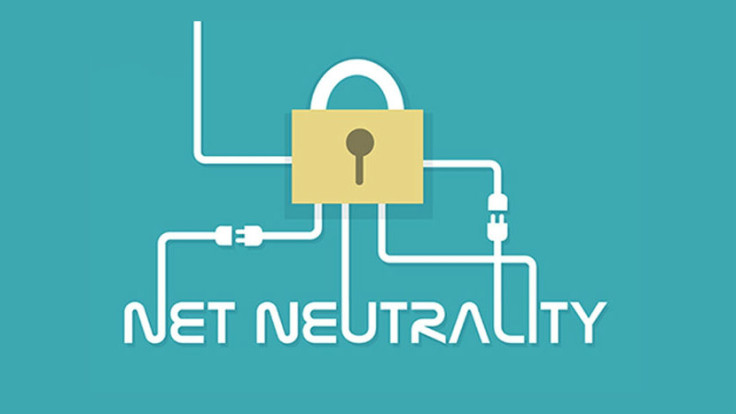Does Europe want neutral or neural networks?
Gabriel Solomon is Head of Government & Industry Relations, Europe and Latin America at Ericsson.

Biased gatekeepers are sitting ducks. When markets are competitive consumers choose alternatives. When they are not, regulators will take aim.
In Europe we face a conundrum. As momentum towards the fourth industrial revolution gathers pace it is unclear whether our net neutrality rules will protect consumers and promote innovation as they were designed to do or if they might in fact get in the way of the latter, thereby harming the former.
If we cast our minds back to 2003 Tim Wu kicked off the net neutrality debate by identifying that the basic principle, to bestow consumers with "the right to use non-harmful network attachments or applications" and innovators with "the corresponding freedom to supply them", was at risk.
Why? At the time in the United States internet service providers were being vertically integrated with fixed networks and most households had access to only one. The connectivity monopolist would have the potential to discriminate against both upstream content and application providers and downstream consumers.
Over the next decade some evidence of discriminatory practices emerged although rather than premeditated anti-competitive behaviour, many of these examples are likely to have been temporary measures to deal with network integrity issues and commercial disputes.
But one thing is clear. The problem net neutrality aims to solve goes away when consumers can transparently choose a type of service that best suits their needs from competing broadband providers.
Those that aim to permanently block access to legal content, applications, and services are short-sighted. Not only does doing so harm reputations but also it pits the gatekeeper against the unyielding tide of technological progress.
Today around half of Americans are served by only one fixed broadband provider although competition will increase as new 5G fixed wireless solutions are commercially launched. And 95% of the population can choose from three LTE networks and some 200 MVNOs. And more than half of US households are mobile-only.
Finding that the threat of utility-style regulation had reduced network investment and hampered innovation since 2015, the Federal Communications Commission recently voted to restore the bipartisan consensus on light touch regulation of broadband providers that had, since 1996, yielded over USD 1.5 trillion in network investment. In so doing the FCC aims to reenable permissionless innovation and foster greater network competition and investment, targeting the very problem that net neutrality tries to solve for.
Europeans already have greater choice than their counterparts across the Atlantic. Local loop unbundling, cable TV and alternative network competition has minimised fixed broadband bottlenecks. Consumers can choose from between at least three national mobile broadband providers and a selection of the continent's 800+ MVNOs.
The fiercely competitive retail environment can be expected to discipline any attempt at anticompetitive discrimination. And yet as communications networks rapidly modernise and enable a plethora of wide-ranging services upon which the fourth industrial revolution will rely, a key question the Body of European Regulators will address this year is whether such innovations run afoul of net neutrality regulation.
This legal uncertainty is already unsettling would be innovators. And the prospect of having to pre-approve new services will further dampen risk taking. Which could mean that at the dawn of a new internet led Golden Age, Europe may be a late riser.
To support this period of creative construction, networks need to evolve and business practises change. Telecom operators are moving to centrally managed software defined networks that enable previously distinct network elements to interwork and be "sliced" together creating new virtualised services.
Their business is migrating from being supply to demand based, offering third parties an open platform to create new functions that can be deployed and delivered in real time. Put simply, the capabilities previously reserved for network operators will be available to end users: the network will become a service.
This blend of software, computing and connectivity makes distinguishing pure telecom transmission from the IT elements increasingly difficult, costly, and irrelevant. Tim Wu's original idea was to preserve the principle of non-discrimination as the internet evolved. Ironically today, the only differentiation between telecom operators and web-scale businesses is that governments closely oversee one while the other is largely unregulated. Today's gatekeepers don't sell connectivity. They are instead the global Attention Merchants.
It is vital that when the Body of European Regulators consider net neutrality's relationship with new technologies such as 5G, IoT and specialised services, it unequivocally provides network innovators the certainty they need to make long term investment and commercial decisions. Otherwise the net effect of net neutrality legislation will be to have created a new bureaucratic bottleneck that keeps Europe in the slow lane.





















